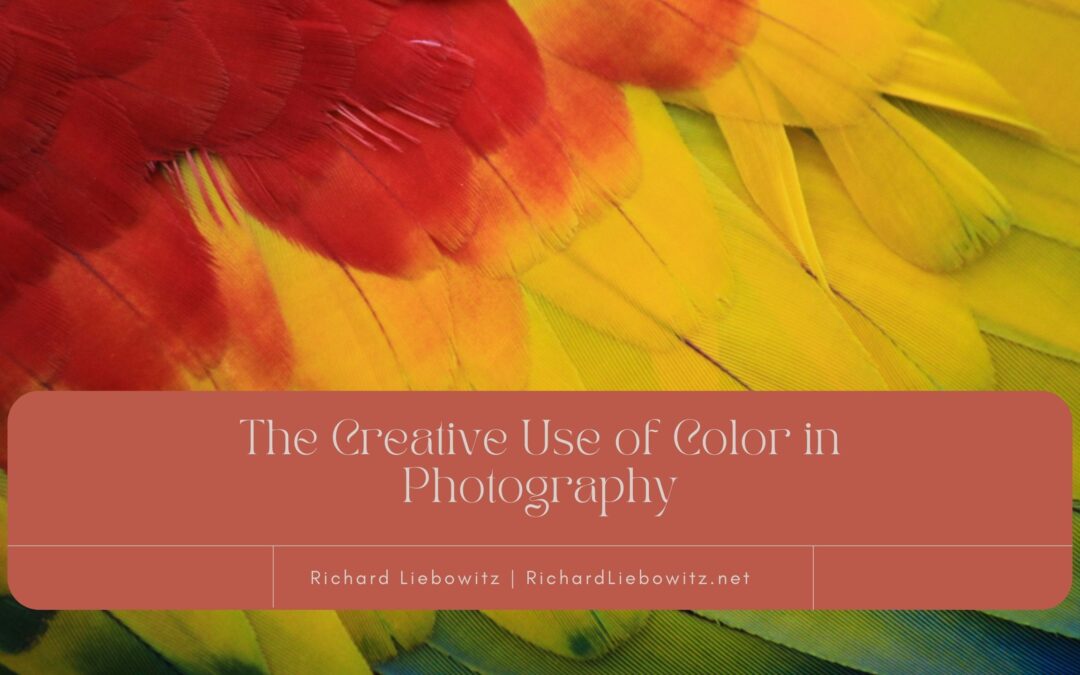Color is the silent storyteller in photography, a vibrant language that speaks volumes without uttering a single word. It can evoke emotions, set moods, and transform a standard image into an extraordinary piece of art. The creative use of color in photography goes far beyond merely capturing reality—it involves understanding hues, contrasts, and compositions to craft narratives that resonate with the viewer’s soul.
The Language of Color
Colors hold a unique significance, each shade carrying its own symbolism and emotional weight. Warm tones like fiery reds and oranges exude passion, while cool blues and greens evoke calmness and tranquility. Photographers delve into this spectrum, leveraging colors to create visual symphonies that stir emotions and captivate the senses.
The Art of Composition
Composition plays a pivotal role in harnessing the power of color. From the rule of thirds to leading lines, photographers strategically position vibrant elements within the frame to draw the viewer’s eye and guide their gaze through the narrative. Contrast, a key component of photography, is amplified by the interplay of complementary or contrasting colors, adding depth and dynamism to the image.
Mood and Emotion
Color has an innate ability to influence mood and emotion. A grayscale photograph can evoke a sense of nostalgia or timelessness, while a burst of vivid colors might spark joy and enthusiasm. Photographers master the art of using color to convey the intended emotional resonance, creating images that resonate long after the initial viewing.
Portraying Culture and Context
In cultural photography, colors often symbolize traditions, rituals, and beliefs. They become a gateway to understanding diverse societies and their rich tapestry of customs. Vibrant festivals, traditional attire, and local landscapes are captured in a riot of colors, offering a glimpse into the heart and soul of a community.
Creative Editing and Manipulation
With advancements in technology, photographers have a vast array of tools for color manipulation. Post-processing software enables them to enhance, alter, or completely transform colors, allowing for boundless creativity and artistic expression. From subtle tonal adjustments to surreal, dreamlike palettes, the possibilities are endless.
Examples in Practice
Consider the photography of Steve McCurry, renowned for his iconic portrait “Afghan Girl.” The piercing green eyes of the subject amidst a sea of deep reds and earthy tones not only captivate attention but also convey a story of resilience and beauty in adversity. Similarly, the vibrant cityscapes captured by photographers like Fan Ho, using pops of color amidst monochromatic urban settings, create a vivid and compelling narrative.
In photography, color isn’t just a visual element; it’s a storyteller, a mood-setter, and a catalyst for emotions. The creative use of color in photography transcends the boundaries of reality, inviting viewers into a world where hues, dance, and narratives unfold. It’s an art form that continually evolves, a canvas where photographers paint stories using the vibrant palette of life.
As photographers, embracing color isn’t merely about capturing what the eyes see; it’s about interpreting the world through the lens of emotion, symbolism, and artistic flair.
Ultimately, photography isn’t just about clicking a shutter—it’s about painting with light and color, creating masterpieces that leave a lasting impression on the heart and mind.

